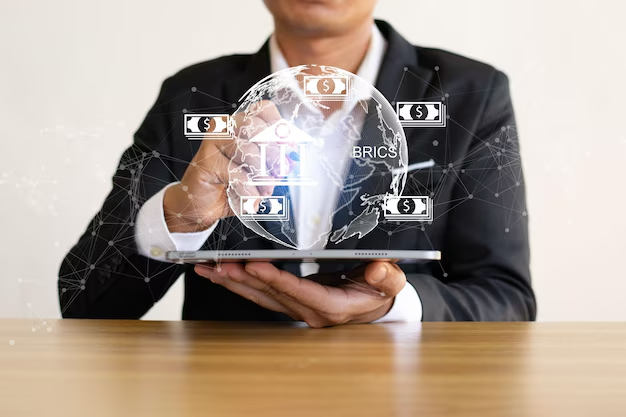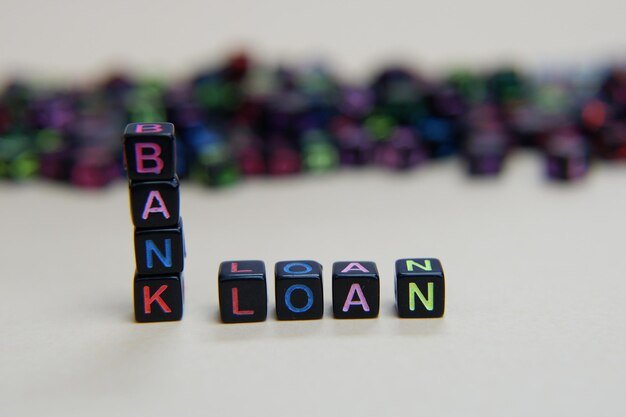Microloans : In many developing countries, access to financial services remains a major obstacle for millions of people, especially those living in rural areas or working in informal sectors. Traditional banking systems often fail to reach these underserved populations, leaving them without the means to build credit, save money, or access the capital necessary to grow their businesses. In such a context, microloans have emerged as a powerful tool for promoting financial inclusion and empowering individuals in developing nations.
Microloans are small loans typically provided to low-income individuals or small businesses who lack access to traditional banking services. These loans, often with minimal or no collateral required, are offered by microfinance institutions (MFIs), non-governmental organizations (NGOs), and sometimes even peer-to-peer lending platforms. The primary goal of microloans is to give individuals the financial resources they need to improve their economic situation, invest in businesses, or meet personal needs that would otherwise remain unattainable.
Here’s why microloans are so essential for financial inclusion in developing countries:
1. Fostering Economic Empowerment
Microloans are a critical tool for fostering economic empowerment among underserved populations. With access to capital, entrepreneurs can start or expand small businesses, creating employment opportunities and stimulating local economies. Women, in particular, benefit from microloan programs, as they often face significant barriers to accessing traditional forms of financing due to social and cultural norms. By enabling women to run businesses, microloans help reduce gender inequality and promote economic independence.
In many developing countries, small-scale businesses account for a significant portion of the economy. Microloans allow business owners to purchase raw materials, invest in equipment, and expand their operations. As a result, these loans support job creation, skill development, and overall community growth.

2. Providing Access to Credit for the Unbanked
A staggering number of individuals in developing countries remain unbanked, meaning they do not have access to formal financial services like savings accounts, loans, or credit. The reasons for this include a lack of proper identification, remote geographical locations, and the absence of credit history. Microloans help bridge this gap by offering loans to people who are otherwise excluded from the banking system.
In addition to helping individuals access credit, microloans also enable them to build a credit history. Successful repayment of microloans can improve an individual’s credit score, opening up future access to larger loans and more traditional banking services. This is crucial for long-term financial inclusion, as it ensures that people are not permanently excluded from the financial system due to a lack of prior financial engagement.
3. Promoting Social and Economic Stability
Financial inclusion is a key driver of social and economic stability. When people have access to financial resources, they are better equipped to handle life’s uncertainties. Microloans provide a safety net for individuals in times of crisis, such as illness or natural disaster, by allowing them to maintain a source of income or invest in their family’s wellbeing.
In communities where microloans are prevalent, economic resilience is often stronger. Small businesses become more diversified, and individuals are able to better withstand economic shocks. Microfinance institutions also play an important role in financial literacy, helping borrowers understand how to manage their finances effectively, which in turn contributes to economic stability at both the individual and community levels.
4. Encouraging Savings and Financial Literacy
Microloans are not just about providing credit; they are also about building financial literacy and encouraging responsible borrowing and saving habits. Many microfinance institutions offer financial education as part of their lending programs. This education helps borrowers understand how to manage money, save for the future, and repay loans on time.
In addition to education, some microfinance institutions encourage savings through programs that help borrowers accumulate small amounts of capital over time. These savings can be used for future business investments or emergencies, providing individuals with more financial security and independence. In many cases, microloans are a stepping stone toward broader financial inclusion, giving borrowers the skills they need to navigate formal financial systems.
5. Sustaining Small-Scale Agriculture
In developing countries, agriculture is often the primary source of income for rural populations. However, many small-scale farmers struggle to access financing for seeds, tools, or irrigation systems, hindering their ability to improve yields and sustain their livelihoods. Microloans can help address these issues by providing farmers with the capital needed to invest in better agricultural practices.
Microloans can also help improve food security in developing countries by enabling farmers to purchase inputs that increase crop productivity. For example, loans for fertilizers, pesticides, or new technologies can help farmers maximize their output and, consequently, their income. This boosts the local food supply, helps stabilize food prices, and ultimately contributes to greater economic security.
6. Addressing the Digital Divide
With the rise of mobile money and digital financial services, microloans are increasingly being delivered through mobile phones or online platforms. This trend has the potential to further enhance financial inclusion by overcoming geographical barriers and reducing the need for physical infrastructure. Digital microloans enable individuals in remote areas to access capital and manage their loans from the palm of their hand.
Moreover, mobile money platforms often offer lower transaction fees and faster processing times compared to traditional banking systems, making them an attractive option for low-income individuals. As digital literacy continues to rise in developing countries, the integration of digital tools with microfinance is likely to drive even greater inclusion and economic empowerment.

7. Encouraging Entrepreneurship and Innovation
In developing countries, entrepreneurship can be a powerful driver of change. Microloans help nurture this entrepreneurial spirit by providing the necessary capital for people to start businesses or innovate within their existing ventures.
Whether it’s a small retail shop, a mobile phone repair business, or a local farm, microloans empower individuals to bring their ideas to life. Entrepreneurs are often more willing to take risks when they have access to capital and the support of a microfinance institution. As these businesses grow and succeed, they contribute to the local economy, create jobs, and inspire others to follow suit.
Frequently Asked Questions (FAQs)
- What is the maximum amount of a microloan?
Microloans typically range from a few dollars to several thousand dollars, depending on the borrower’s needs, the lending institution, and the country. The exact amount varies widely. - Are microloans interest-free?
While microloans generally have lower interest rates than traditional loans, they are rarely interest-free. Interest rates vary depending on the lender, but they are typically lower than rates charged by commercial banks. - How are microloans repaid?
Microloan repayment schedules are usually flexible and are based on the borrower’s income cycle. Repayment can be weekly, bi-weekly, or monthly, depending on the terms set by the microfinance institution. - Can anyone apply for a microloan?
Microloans are primarily targeted at individuals or small businesses in developing countries who do not have access to traditional banking services. Applicants typically need to meet certain criteria set by the lending institution. - What happens if a borrower cannot repay a microloan?
If a borrower faces difficulty repaying a loan, they may be able to negotiate an extended repayment period with the lender. In some cases, microfinance institutions offer financial counseling or alternative repayment options to prevent defaults.
Also Read : How Can Farmers Apply For An Agricultural Loan?
Conclusion
Microloans are more than just small loans; they are a vital tool for fostering financial inclusion, promoting entrepreneurship, and reducing poverty in developing countries. By providing access to credit and supporting economic empowerment, microloans have the potential to transform lives and communities. As the world continues to embrace digital solutions and financial literacy initiatives, the future of microfinance looks brighter than ever.






